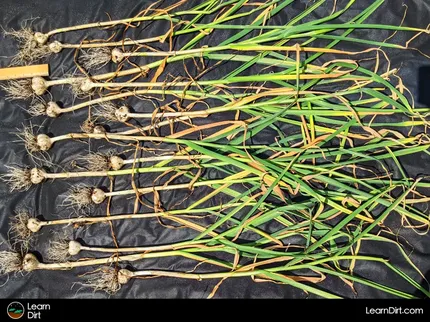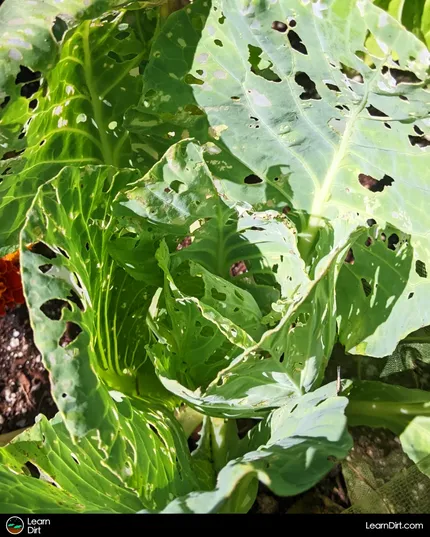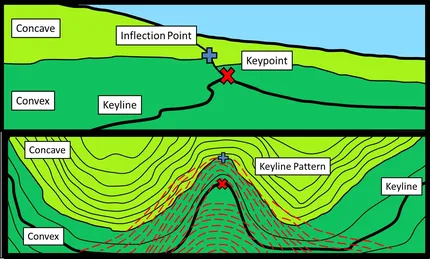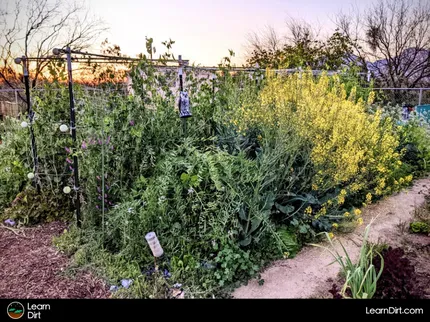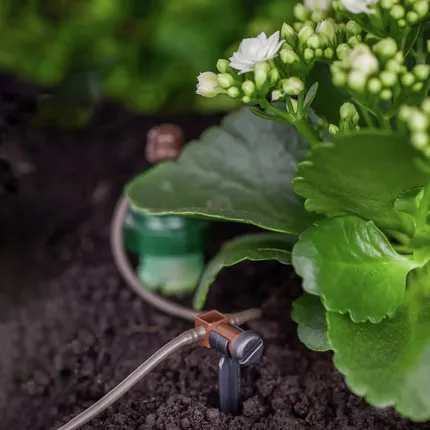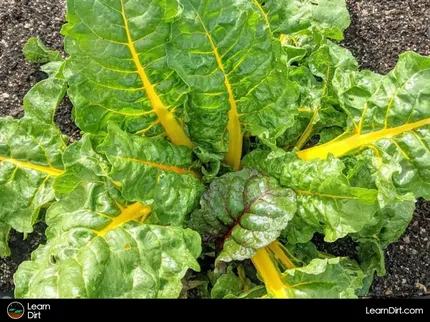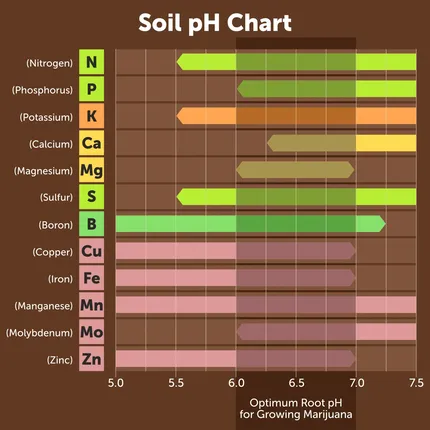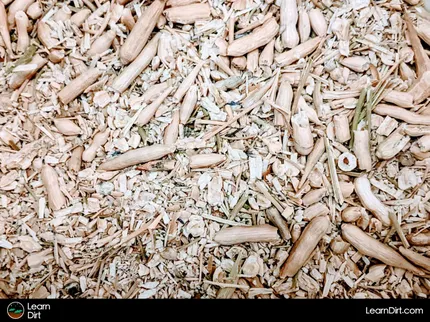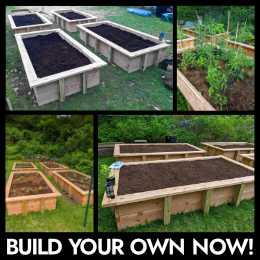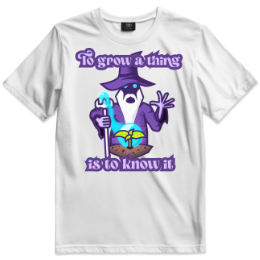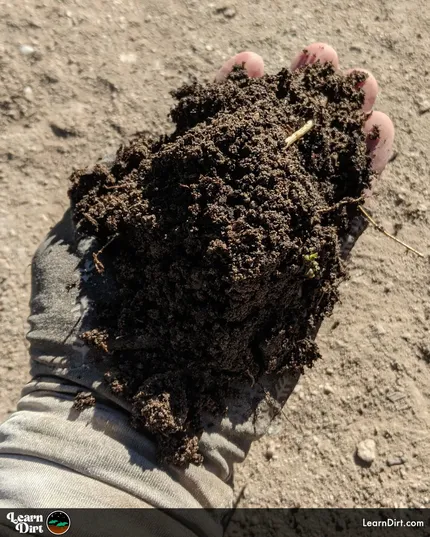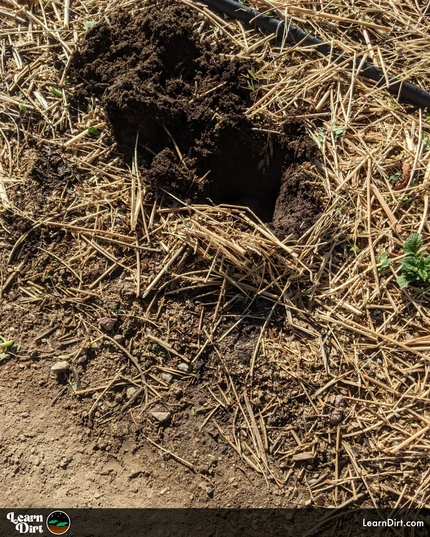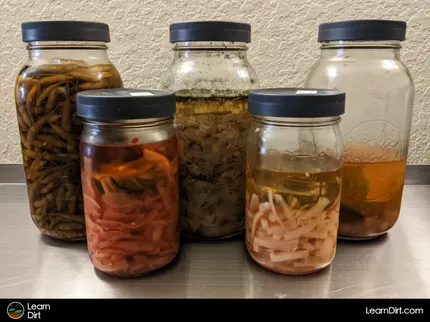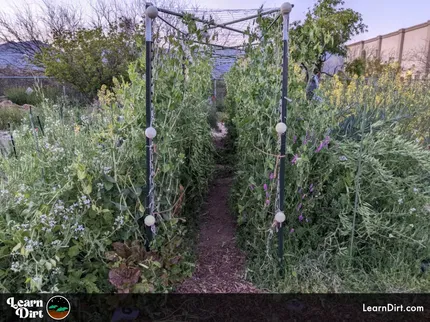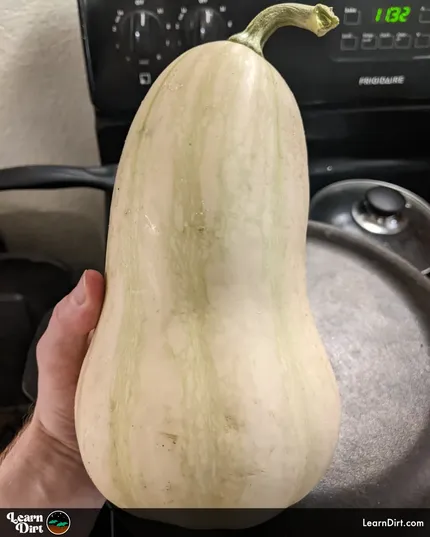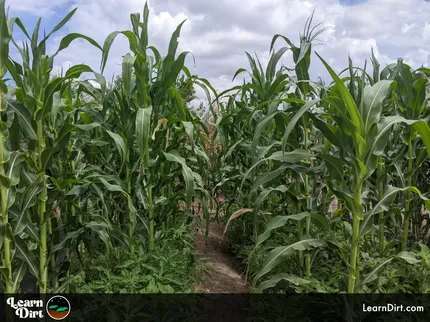Table of Contents
- Soil Layers
- How Do Plant Roots Interact with Soil Layers?
- Availability of Water and Nutrients Across Layers
- How Soil Layers Affect Garden Decisions
* Our articles never contain AI-generated slop *
If you're a gardener, it's important to understand soil layers and their effects on plant roots, nutrients, and water.
Soil Layers
Soil layers are called "horizons", and multiple horizons will be present in your garden soil at levels where your plants will interact with them.
The soil horizons you'll find in your garden are:
Disclaimer: This post may contain affiliate links. Refer to the privacy policy for more information.
O Horizon (Organic)
In regenerative gardens, tho organic horizon should primarily be comprised of your chop + drop, as well as fallen leaves if you have deciduous trees.
Prunings from plants, chopped leaves / stalks / stems from the previoul crop, as well as chopped up cover crops and mulch all create a protective barrier that keeps direct sunlight off the topsoil, and helps lock in moisture.
Tons of critters, many of them beneficial, call the leaf-litter home, living out part or all of their lifecycles in the O Horizon.
A Horizon (Topsoil)
The A Horizon is the growth zone in which the majority of plant roots are found.
It is typically the broken-down humus which the O Horizon turns into over time from decomposition
The topsoil also contains the majority of the microbe life found within soils.
Join The Grower's Community
A free & open space for anyone who is passionate about cultivation 🌱
Check It Out!
This is likely the layer you are most familiar with as a gardener, and much of your effort and focus should be on improving the health and quality of the A Horizon.
B Horizon (Subsoil)
The subsoil is the long-term nutrient reservoir or "bank" where more minerals are found, and where woter-soluble nitrients percolate down to.
Beginning anywhere from a few inches to multiple feet down, most garden plants don't reach the subsoil layer.
That said, some deep-rooted plants can make it down to the subsoil and scavenge for nutrients - pulling them up to the surface.
Many microbes do colonize the subsoil, where they can unlock nutrients via microbial weathering.
C Horizon (Parent Material)
How Do Plant Roots Interact with Soil Layers?
Most short-lived annuals only reach down into the topsoil with their roots.
Many perennials can drill down to the subsoil and scavenge nutrients - pulling them up to the surface.
Trees and more deep-rooted plants, like clover, alfalfa, and comfrey, can reach through the subsoil and sometimes down to the parent material in the C Horizon.
Plants roots create channels for moisture, air, and microbes and can help break up compacted soil aggregates.
Availability of Water and Nutrients Across Layers
The topsoil holds some water, but it can drain quickly into the subsoil if organic matter content is too low.
Improving the organic matter content of your topsoil is critical if it doesn't hold enough water for a long enough time for your plants to access, or if water infiltration rates are poor.
How Soil Layers Affect Garden Decisions
Build up the O and A layers. These are your primary focus in the garden, and the horizons you have the most direct affect on.
Plant deep-rooted scavenging plants to bring subsoil nutrients up to the surface.
Cover crops can serve both as O Horizon protection, B Horizon scavenging' and can then be chopped and dropped to add to the O Horizon.
Avoid heavy tillage.
Avoid bare soil.
That's all for now, thanks for reading!
If you have any questions, comments, or would like to connect with fellow gardeners, head on over to the forum and post there.

